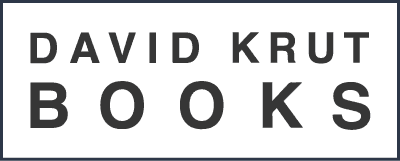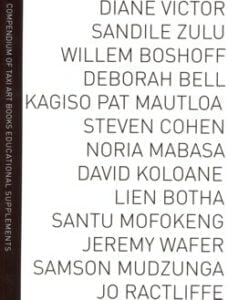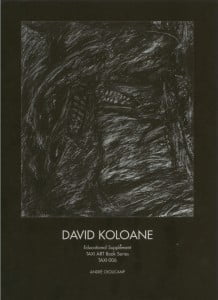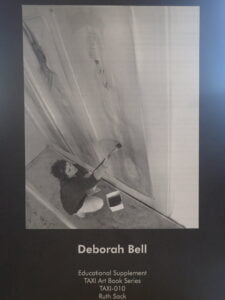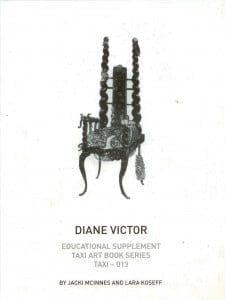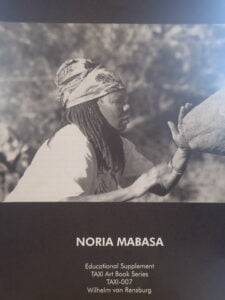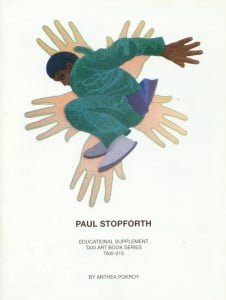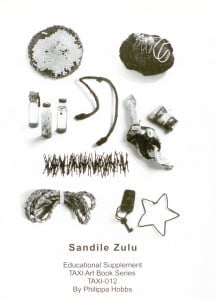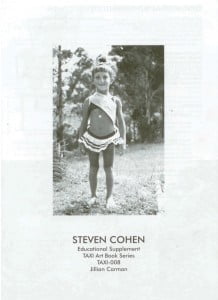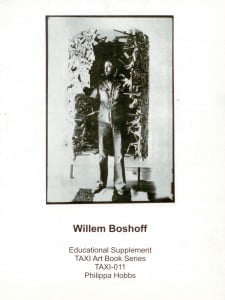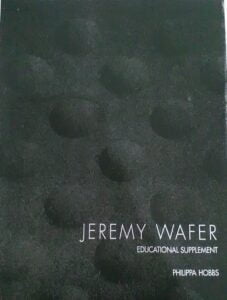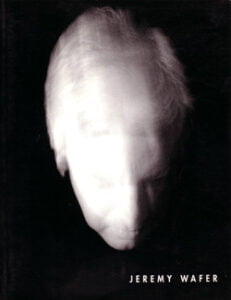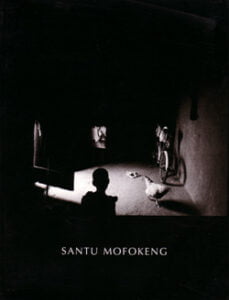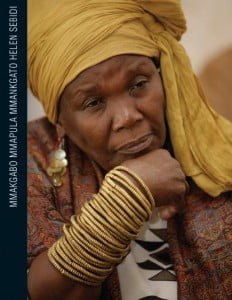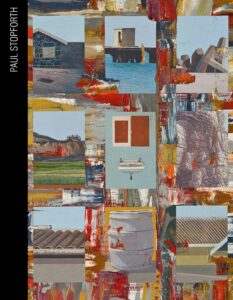-

R280This Compendium brings together all thirteen supplements from the TAXI Art Books series on contemporary South African artists. Each chapter contains an introduction to the artist, worksheets and conceptual and practical projects, fact files, glossaries and bibliography. Learners and teachers are encouraged to draw on thier own resources of imagination and experience and, through discussion, collaboration and reflection, understand the artist’s work and try a variety of art-making exercises. The Compendium includes valuable material on how to conduct research, write art essays, avoid plagiarism, keep a visual diary and do art presentations.
-

R50David Koloane was born in 1938 in Alexandra Township, Johannesburg. He studied art at the Bill Ainslie Studios in Johannesburg and later completed a Diploma in Museum Studies at the University of London. Koloane established a reputation, both locally and internationally, as a pioneer black artist in apartheid South Africa and was the founding member of institutions promoting and supporting black talent in South Africa from the mid-1970s.
-

R50Deborah Bell is a leading Johannesburg painter and sculptor and whose work is created in dialogue with multiple worlds, texts, histories and consciousnesses. She is also widely known for her collaborative projects with William Kentridge and Robert Hodgins. Bell’s drawings, etchings and monumental clay sculptures possess a kind of mystical godliness which comes from deep within her.
-

R50This Educational Supplement is published together with TAXI 013 Diane Victor. The importance of Diane Victor’s impressive body of drawings and prints lies not simply in its biting social commentary and the sometimes macabre quality of her images, but also in the interplay between the tough and the fragile in her work, between the subject matter of her visual narratives and the delicate mark-making and fragility of her preferred media.
-

R50Noria Muelelwa Mabasa was born in 1938 in Xigalo, a village in Limpopo Province, north of Johannesburg. She is a sculptor of large woodcarvings and figurative ceramic work who first came to prominence in the urban art scene in the mid 1980s.
-

R50Paul Stopforth produced several bodies of work that were startling in their courageous engagement with the repressive society in which he lived. The importance of Stopforth’s work is that he is an acute observer of the minutiae of everyday life and keenly attuned to the significance of ordinary objects, which he imbues with dignity and careful metaphorical significance.
-

R50This Educational Supplement is published with TAXI-012 Sandile Zulu by Colin Richards. Sandile Zulu’s work incorporates and gives expression to a many layered mythology in which fire, transformation, planetary cycles, and natural rhythms are key elements. Zulu uses found objects that he scavenges from industrial sites and from nature, but the distinctive scorch-marks and burnt edges of his work testify to the centrality of fire in his method and his aesthetic philosophy.
-

R50Steven Cohen is a pioneering artist best known for his performances and public interventions. He challenges the boundaries of traditional media and modes of expression and provocatively confronts issues of identity.
-

R50In a prolific career spanning more than two decades, Willem Boshoff has produced his own dictionaries, intricately crafted wooden sculptures, installations in sand, and monumental works in stone. If there is a single thread binding these diverse works together, it is his fascination with language and books.
-

R50Born in Durban in 1953, Jeremy Wafer received his BA degree from the University of Natal and his Masters in Fine Art degree from the University of the Witwatersrand in 1987. Since then, his sculptural and print work has remained informed by an artistic language which is modular, minimal and contemplative, and which varies in aesthetic effect and social purpose.
-

R250Born in Durban in 1953, Jeremy Wafer received his BA degree from the University of Natal and his Masters in Fine Art degree from the University of the Witwatersrand in 1987. Since then, his sculptural and print work has remained informed by an artistic language which is modular, minimal and contemplative, and which varies in aesthetic effect and social purpose.
-

Santu Mofokeng was born in 1956 in Johannesburg. He began his photographic career informally as a street photographer in Soweto, and in the early 1980s set out to pursue photography in earnest, mostly through documentary coverage of political activity at the time.
-

R250Mmakgabo Sebidi traverses mental and physical landscapes with an eye trained on the dangerous, the discomfiting, the traumatic and the ecstatic in human experience. She is deeply grounded in her rural upbringing and traditions but also finely attuned to the rhythms of the city in which she has spent much of her adult life. Sebidi brings together these two worlds in works of great visionary and prophetic power. Her themes are wide-ranging: her cultural roots, the wisdom of the ancestors, the ravages of the modern world on the human psyche, the loss of tradition, the potential of human creativity to build relationships and restore the past.
-

R150Paul Stopforth is known in South Africa for work that comments on the harshness and injustices of life under apartheid. His art – comprising sculpture, drawing, painting, and printmaking – is not, however, narrowly political but instead occupies a space ‘between the material and the spiritual, imaging finitude and mortality’.
